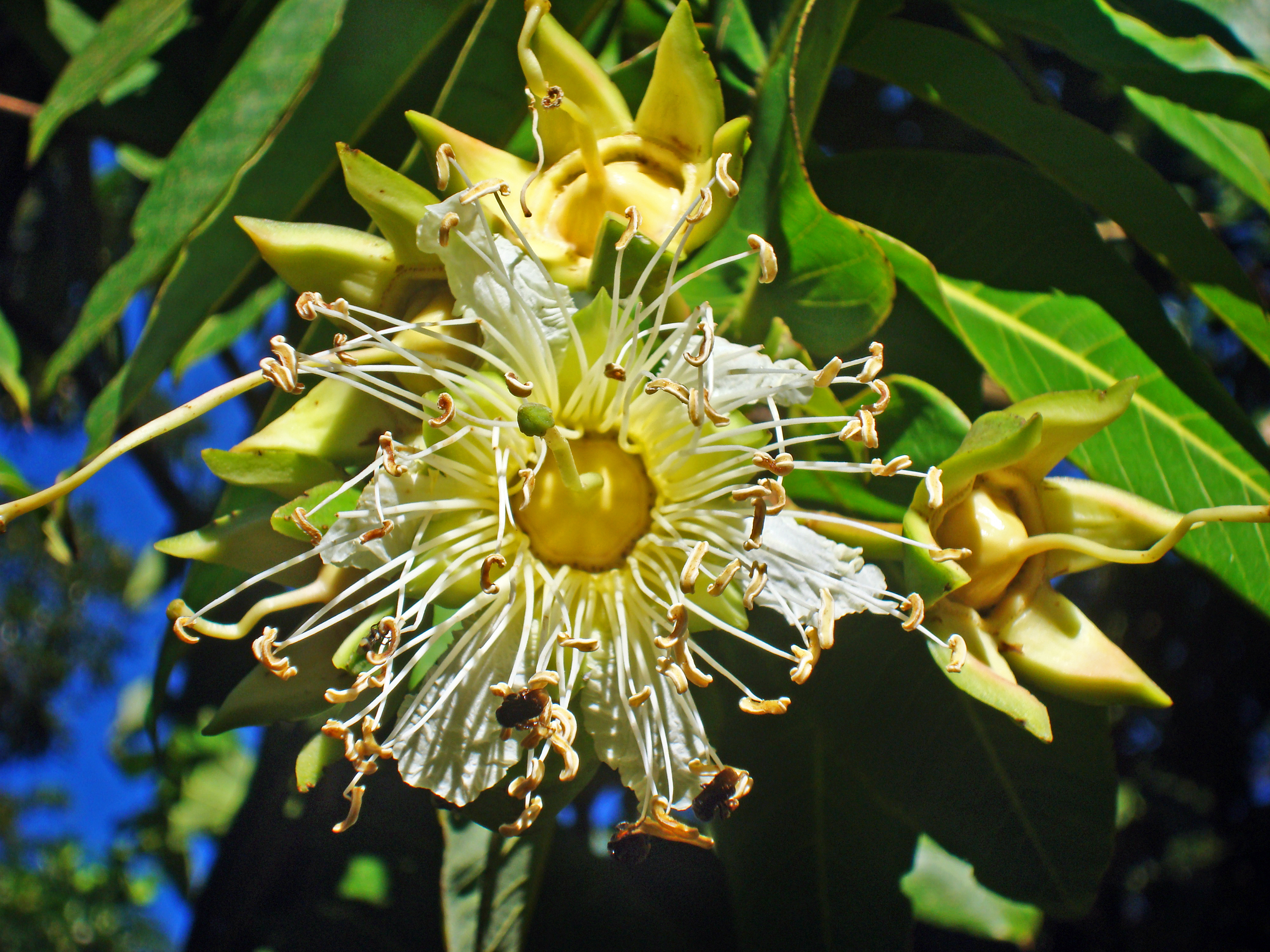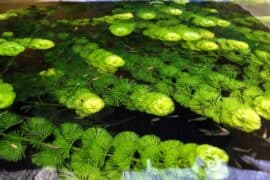Duabanga
(Duabanga grandiflora)

Description
From its peculiar habit, Duabanga grandiflora (syn. D. sonneratioides) is a singular feature in its native forests. The trunk is erect, 40–80 feet high, undivided but sometimes forking from the base. The lower limbs spread drooping from the trunk; these are long, slender, sparingly branched, and the branches are four-angled, loosely covered with large spreading leaves. Since the leaves are arranged in two ranks, the slender branches resemble petioles, bearing pinnae of a compound leaf; the leaves are further often recurved, and are deep green above, and almost white beneath. The large blossoms expand in April, exhaling a rank odour reportedly resembling asafoetida when they first burst, but they become inodorous before the petals drop. The stamens are all bent inwards in bud. The fruit is a large as a small apple. The wood is white and soft. Native to India, Nepal, southern China, Myanmar and Malaysia. Duabanga is a small genus of lowland evergreen rainforest trees in southeast Asia, comprising two or three species. Duabanga was traditionally included in the ditypic family Sonneratiaceae, but it is now classified in its own monotypic subfamily Duabangoideae of the Lythraceae.
Taxonomic tree:







